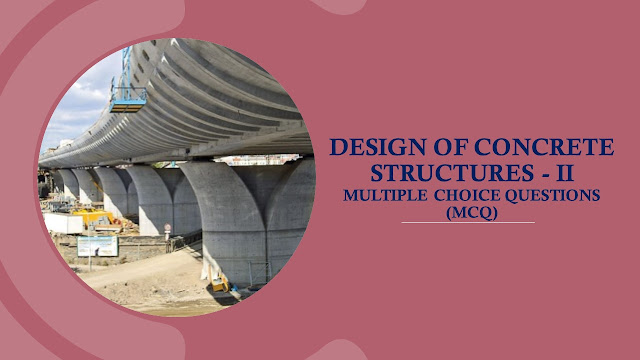Suitability of Steel as Reinforcing Material
Many traditional materials such as bamboo and natural fibres have been tried as reinforcement in earlier times. But steel is found to be the most appropriate form of reinforcement.
It is the most suitable reinforcing material in R.C.C. because of following reasons :
1. Steel is very strong in compression, tension, shear, and torsion.
2. Concrete develops a very good bond with steel.
3. Steel is ductile in behaviour. More ductility means more elongation of steel before failure.
4. The steel bars can be cut, lifted, and welded easily with commonly available tools and machines.
5. Steel has a longer life.
6. Steel is easily available.
Steel reinforcement has various advantages as listed above, which make it a suitable reinforcing material. However, steel has a few disadvantages which are listed below.
1. The biggest disadvantage of steel reinforcement is rusting. If concrete is porous or if the cover to the reinforcement is not sufficient,
steel gets rusted and loses strength.
2. Steel loses its strength at high temperatures.
TYPES OF STEEL REINFORCEMENT
In India, the following types of steel reinforcement are available, conforming to the relevant Indian standards,
1.0.1 Mild Steel Reinforcement
1.0.2 High Yield Strength Deformed Bars
1.0.2.1 HYSD bars are preferred as reinforcement in R.C.C. over plain mild steel bars, due to following reasons :
1.0.3 TMT (Thermomechanically Treated) Steel Bars
1.0.4 CRS (Corrosion Resistant Steel) Bars
1.0.5 Steel Wire Fabric
1.0.6 Structural Steel
Types of reinforcement are mentioned in Table 1.1
|
Sr. No.
|
Type of Reinforcement
|
Sub-Type
|
Relevant Indian Standard
|
|
1
|
Mild
steel plain bar
|
(a)
Cold worked mild steel bars
|
IS
432-1996 (Part-I)
|
|
(b)
Hot rolled mild steel bars
|
IS
1139-1966 (Part-II)
|
|
2
|
High
yield strength deformed bars (Tor steel)
|
(a)
Cold worked deformed bars
|
IS
1786-1979
|
|
(i) Grade Fe 415
|
|
(ii) Grade Fe
500
|
|
(b)
Hot-rolled deformed bars
|
IS 1139-1966
(Part-II)
|
|
3
|
Hard
drawn steel wire fabric
|
Wire
mesh
|
IS 1566-1967
|
|
4
|
Rolled
steel members
|
Angles,
T-sections Joists, Channels, etc.
|
IS
226:1975
|
|
5
|
(i)
Thermomechanically treated bars (TMT)
|
Latest in use
deformed bars
|
|
|
(ii)
Corrosion-resistant steel (CRS) bars
|
|
|


Comments
Post a Comment